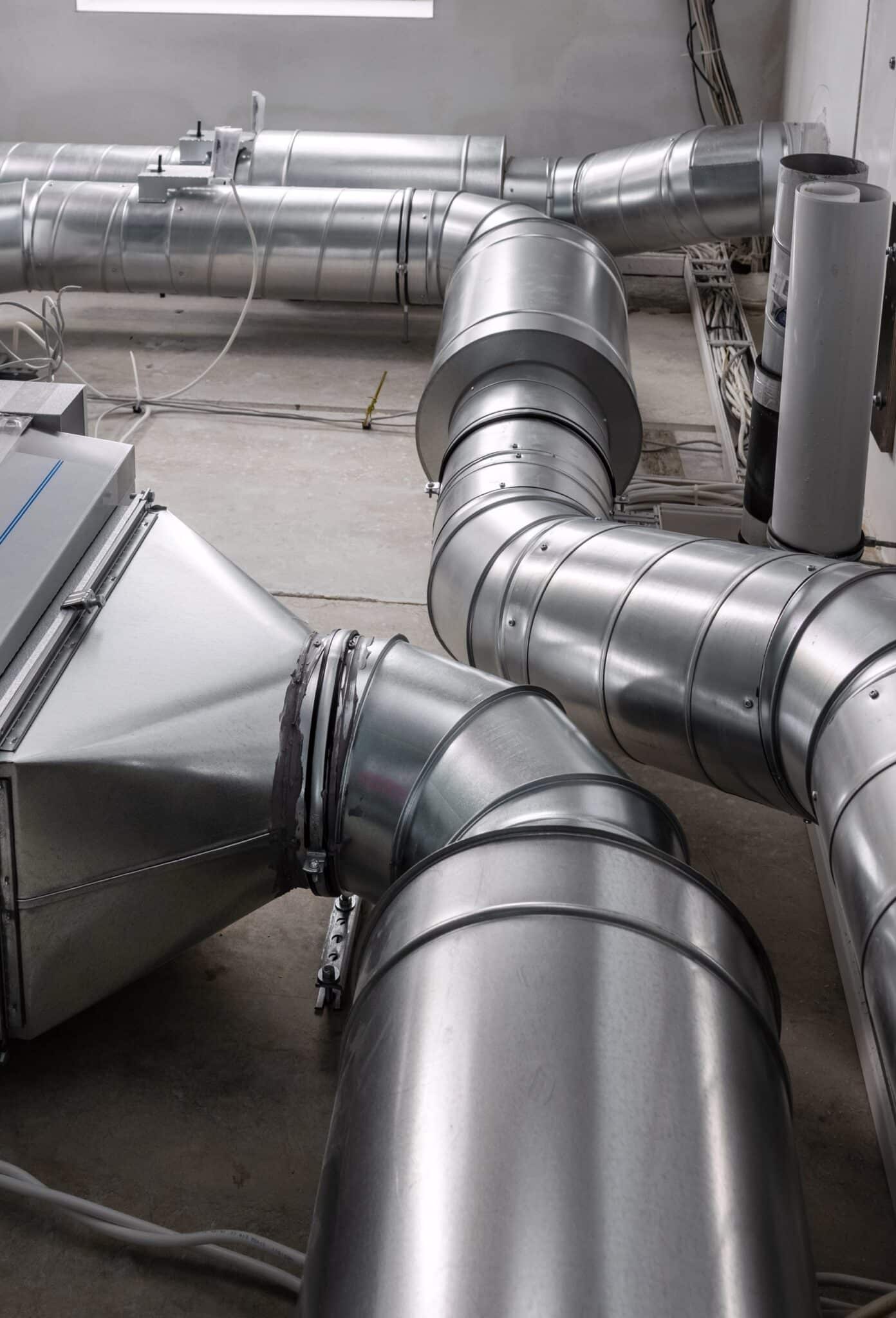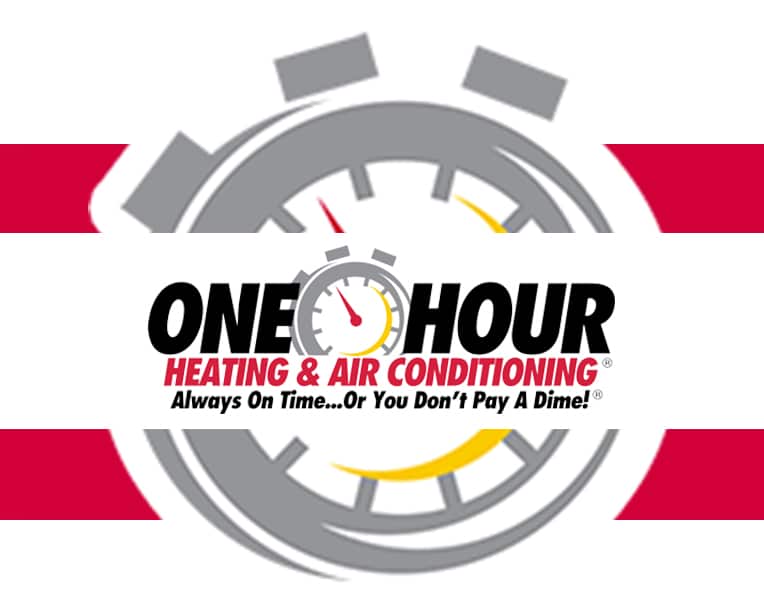Curious about how the unique weather patterns in San Diego, CA, affect your HVAC system? Understanding HVAC performance is key to maintaining a comfortable and energy-efficient home.
We’ll delve into the intricacies of HVAC systems, the impact of the marine layer, and practical tips to ensure your HVAC system operates optimally, no matter the weather conditions.
Discover how to keep your home perfectly conditioned and your HVAC system running smoothly year-round in San Diego’s challenging climate.
Understanding HVAC Performance
HVAC performance is a crucial factor in maintaining a comfortable indoor environment, especially in areas with unique climate conditions like San Diego, CA. Heating, Ventilation, and Air Conditioning (HVAC) systems are integral to modern living, providing temperature control and improving air quality in residential and commercial buildings.
These systems work by regulating airflow, heating, and cooling to ensure that the indoor environment remains comfortable regardless of external weather conditions.
Importance of HVAC Performance
The performance of your HVAC system is essential for several reasons:
- Comfort: An efficiently running HVAC system maintains consistent indoor temperatures, ensuring comfort throughout the year.
- Energy Efficiency: Proper HVAC performance reduces energy consumption, leading to lower utility bills.
- Longevity: Regular maintenance and optimal performance can extend the lifespan of your HVAC system, saving you from costly replacements.
- Air Quality: A well-maintained HVAC system filters out pollutants and allergens, enhancing indoor air quality and promoting better health.

What is the Marine Layer?
Definition and Characteristics
The marine layer is a weather phenomenon characterized by a thick, low-lying blanket of clouds and cool, moist air that forms over coastal areas.
This layer is typically a few hundred feet thick and sits below a temperature inversion layer, where the air temperature increases with altitude rather than decreases.
The presence of this inversion layer prevents the cool air from rising, trapping it close to the surface. As a result, the marine layer can persist for extended periods, influencing local weather conditions significantly.
How the Marine Layer Forms
The marine layer forms when cool, moist air from the ocean meets warmer air from the land. This interaction often occurs during the night and early morning, leading to the development of a dense cloud cover that can extend inland several miles.
The cool ocean air is trapped beneath a warmer air mass, preventing it from rising and dissipating, thus creating the marine layer. As the sun rises and the land heats up, the marine layer can either dissipate or be pushed inland, impacting daily weather patterns.
Regions Affected by the Marine Layer
Coastal regions, particularly along the Pacific coast of North America, are most commonly affected by the marine layer.
Cities like San Diego frequently experience this phenomenon, especially during the late spring and early summer months.
The marine layer can significantly influence local weather patterns, including temperature and humidity levels.
These changes can affect various aspects of daily life, from outdoor activities to the performance of HVAC systems, necessitating specific adjustments to maintain indoor comfort.
The Marine Layer’s Impact on HVAC Systems
Effect of Moisture on HVAC Components
The marine layer, characterized by its high moisture content, can have a significant impact on HVAC systems. The increased humidity can cause condensation on various HVAC components, leading to potential issues such as rust and corrosion.
This moisture can damage crucial parts like coils and compressors, reducing the system’s overall efficiency and lifespan.
Additionally, the presence of moisture can create an environment conducive to mold and mildew growth, further complicating maintenance and potentially affecting indoor air quality.
Impact on Cooling Efficiency
The cool, moist air of the marine layer can also affect the cooling efficiency of HVAC systems. When the air is already saturated with moisture, the system has to work harder to remove the excess humidity from the indoor environment.
This increased workload can result in higher energy consumption and decreased cooling capacity. Homeowners may notice that their air conditioning units take longer to cool their homes, especially during peak periods of the marine layer’s influence, leading to higher energy bills and reduced comfort.
Influence on Heating Performance
While the marine layer primarily affects cooling systems, it can also impact heating performance. The cool, damp air can make it more challenging for heating systems to maintain comfortable indoor temperatures.
Heat pumps, in particular, may struggle to extract enough heat from the humid outdoor air, resulting in lower heating efficiency.
This can lead to longer heating cycles and increased energy use, as the system works harder to compensate for the thermal challenges posed by the marine layer.
HVAC Challenges in Marine Layer Areas
Common Issues Faced by HVAC Systems
In areas affected by the marine layer, HVAC systems often encounter several common issues. Corrosion of metal components is a significant problem due to the high humidity levels.
This corrosion can weaken parts and lead to system failures. Additionally, increased wear and tear on the system’s components can result from constant exposure to moisture, reducing the overall lifespan of the HVAC unit.
Another common issue is the accumulation of dirt and debris on coils and filters, which can be exacerbated by damp conditions, leading to reduced efficiency and higher energy consumption.
Specific Challenges in San Diego, CA
San Diego, with its frequent marine layer conditions, presents unique challenges for HVAC systems. The city’s coastal location means that residents often deal with fluctuating temperatures and high humidity levels, particularly during the late spring and early summer.
These conditions can strain HVAC systems, causing inconsistent cooling and heating performance. The presence of the marine layer can also lead to higher indoor humidity levels, making it difficult to maintain a comfortable environment without overworking the HVAC system.
Additionally, the salt in the air near the coast can accelerate corrosion, posing a further threat to the longevity and reliability of HVAC equipment.
Mitigating Marine Layer Effects on HVAC Systems
Regular Maintenance Tips
Regular maintenance is essential for mitigating the effects of the marine layer on HVAC systems. Here are some key maintenance tips:
- Schedule bi-annual professional inspections: Ensure all components are functioning correctly and address any potential issues early.
- Clean or replace air filters every one to three months: Prevent dirt and debris buildup, which is exacerbated by the humid conditions of the marine layer.
- Clean coils and condensers regularly: Prevent corrosion and ensure efficient operation.
- Check for signs of rust and address them promptly: Help extend the life of your HVAC system by preventing damage from moisture.
By following these maintenance tips, homeowners can help ensure their HVAC systems remain in top condition and perform efficiently even in challenging marine layer conditions.
Choosing the Right HVAC System for Marine Climates
Selecting an HVAC system designed to withstand marine climates can make a significant difference in performance and longevity. Look for systems with coastal-grade coatings and materials resistant to corrosion.
Heat pumps can be a good choice for areas with mild winters, as they are efficient in both heating and cooling modes.
Additionally, systems with variable-speed compressors can adapt more effectively to fluctuating temperature and humidity levels, providing more consistent comfort and efficiency.
Energy Efficiency Considerations
How the Marine Layer Affects Energy Consumption
The marine layer can significantly impact your HVAC system’s energy consumption. The increased humidity levels associated with the marine layer force your system to work harder to maintain comfortable indoor conditions.
This is because the HVAC system must remove excess moisture from the air in addition to regulating temperature, leading to higher energy use.
Additionally, the fluctuating temperatures caused by the marine layer can cause the system to cycle on and off more frequently, further increasing energy consumption and wear on the system.
Tips for Improving HVAC Energy Efficiency
Improving the energy efficiency of your HVAC system can help offset the additional load caused by the marine layer. Here are some tips to enhance your system’s efficiency:
- Install a programmable thermostat: This allows you to set temperature schedules that align with your daily routine, reducing energy use when you’re not home.
- Seal ducts and insulate properly: Preventing air leaks and ensuring your home is well-insulated can reduce the burden on your HVAC system.
- Use energy-efficient windows and doors: These can help maintain a consistent indoor temperature and reduce the need for excessive heating or cooling.
- Regular maintenance: As mentioned earlier, keeping your system clean and well-maintained ensures it operates at peak efficiency.
Benefits of Energy-Efficient HVAC Systems
Investing in an energy-efficient HVAC system offers several benefits. Firstly, it can lead to lower utility bills due to reduced energy consumption.
Secondly, energy-efficient systems often have advanced features that enhance comfort, such as variable-speed compressors and smart thermostats.
Additionally, these systems tend to have a longer lifespan and require fewer repairs, providing long-term cost savings. Finally, using less energy helps reduce your environmental footprint, contributing to a more sustainable future.

HVAC System Adjustments for Marine Layer Conditions
Seasonal Adjustments
Seasonal adjustments to your HVAC system can help it perform optimally in marine layer conditions. During cooler months, ensure your heating system is prepared to handle the additional moisture by scheduling a professional tune-up.
In warmer months, focus on optimizing your cooling system to deal with the increased humidity.
Adjusting thermostat settings to align with seasonal changes can also improve efficiency and comfort. Additionally, consider using dehumidifiers to reduce indoor humidity levels during periods of heavy marine layer influence.
Modifying Thermostat Settings
Modifying thermostat settings is a simple yet effective way to enhance HVAC performance in marine layer conditions. Set your thermostat to a higher temperature when you’re away from home to reduce energy consumption.
Use programmable or smart thermostats to create schedules that adjust temperatures based on your daily routines. These adjustments can help your HVAC system run more efficiently, reducing wear and tear and lowering energy bills.
Importance of Airflow and Ventilation
Proper airflow and ventilation are crucial for maintaining HVAC efficiency in marine layer conditions. Ensure that vents and registers are not blocked by furniture or other obstructions, allowing for optimal air circulation.
Regularly check and replace air filters to prevent clogs that can restrict airflow. Consider installing ventilation systems that can help manage humidity levels and improve indoor air quality, especially during periods when the marine layer is most intense.
Importance of Professional HVAC Services
Benefits of Regular Professional Check-Ups
Regular professional check-ups are essential for maintaining your HVAC system’s performance and longevity. Technicians can identify and address potential issues before they become major problems, ensuring your system runs efficiently.
Regular maintenance can also help improve energy efficiency, reduce the likelihood of unexpected breakdowns, and extend the lifespan of your HVAC system.
Professional services also include cleaning and adjusting components that homeowners might overlook, ensuring comprehensive care for your system.
Finding Reliable HVAC Services in San Diego, CA
Finding reliable HVAC services in San Diego is crucial for maintaining your system, especially given the unique challenges posed by the marine layer. Look for licensed and certified professionals with good reviews and a strong reputation in the community.
Ask for recommendations from friends and neighbors and consider companies that offer comprehensive maintenance plans.
Reliable HVAC services will provide transparent pricing, excellent customer service, and high-quality workmanship to ensure your system remains in top condition.
Cost Considerations and Long-Term Savings
While professional HVAC services involve an upfront cost, they offer significant long-term savings. Regular maintenance can prevent costly repairs and extend the life of your system, reducing the need for early replacements.
Energy-efficient systems maintained by professionals typically consume less energy, leading to lower utility bills. Investing in professional services is a cost-effective strategy that ensures your HVAC system remains reliable and efficient, providing comfort and savings over time.
Environmental Impact of HVAC Systems in Marine Climates
How HVAC Performance Affects the Environment
The performance of your HVAC system has a direct impact on the environment. Efficient systems use less energy, reducing the demand on power plants and lowering greenhouse gas emissions.
Conversely, poorly maintained or inefficient systems consume more energy and contribute to higher emissions.
By optimizing HVAC performance, homeowners can reduce their carbon footprint and contribute to a more sustainable environment, highlighting the importance of maintaining peak HVAC performance.
Eco-Friendly HVAC Solutions
Eco-friendly HVAC solutions can help mitigate the environmental impact of heating and cooling your home. High-efficiency systems with advanced technology, such as variable speed compressors and smart thermostats, can significantly reduce energy consumption, thereby improving HVAC performance.
Renewable energy options, such as geothermal heat pumps and solar-powered HVAC systems, offer sustainable alternatives to traditional systems, ensuring environmentally friendly HVAC performance.
Additionally, choosing non-toxic refrigerants with lower global warming potential can further reduce your environmental impact, aligning with high HVAC performance standards.
Sustainability Practices for Homeowners
Homeowners can adopt several sustainability practices to enhance their HVAC system’s eco-friendliness. Regular maintenance ensures the system operates efficiently, reducing energy use and maintaining optimal HVAC performance.
Implementing proper insulation and sealing gaps can prevent energy loss, improving overall efficiency and HVAC performance.
Homeowners can also reduce energy consumption by using programmable thermostats, optimizing airflow, and choosing energy-efficient windows and doors, all contributing to superior HVAC performance.
Ensure Top HVAC Performance with One Hour Heating & Air Conditioning San Diego
Struggling with HVAC performance issues in San Diego’s unique climate? Trust One Hour Heating & Air Conditioning San Diego for expert solutions.
Our professional services ensure your system runs efficiently, saving you money and improving comfort. Schedule a maintenance check today and experience the difference in HVAC performance!
Call us now at 619-639-4017 to book your appointment and keep your home comfortable year-round. Don’t wait – ensure top HVAC performance now!
FAQs About HVAC Performance
How often should I service my HVAC system in marine climates?
It’s recommended to service your HVAC system bi-annually to address the unique challenges posed by the marine layer and ensure optimal HVAC performance. Regular check-ups help maintain efficiency, prevent corrosion, and extend the lifespan of your system.
What are the signs of HVAC problems caused by the marine layer?
Signs of compromised HVAC performance due to the marine layer include increased humidity levels indoors, unusual noises from the system, reduced efficiency, higher energy bills, and visible rust or corrosion on components. Addressing these issues promptly can prevent further damage and maintain optimal performance.
Can the marine layer affect my indoor air quality?
Yes, the marine layer can increase indoor humidity, leading to mold and mildew growth, which can negatively impact indoor air quality. Proper HVAC performance ensures that your system effectively manages humidity and filters out pollutants, maintaining a healthier indoor environment.
How can I improve my HVAC system’s efficiency in a marine layer-prone area?
Regular maintenance, proper insulation, sealing ducts, and using energy-efficient components can help improve your HVAC system’s efficiency. These practices are crucial for sustaining optimal HVAC performance in areas frequently affected by the marine layer, ensuring both comfort and cost savings.
What HVAC systems are best suited for marine climates?
Systems with coastal-grade coatings, variable speed compressors, and heat pumps are well-suited for marine climates due to their durability and efficiency. These features enhance HVAC performance by resisting corrosion and adapting to varying temperature and humidity levels.



















